Top of the pests: rats, wasps and bird-eating spiders
- Published
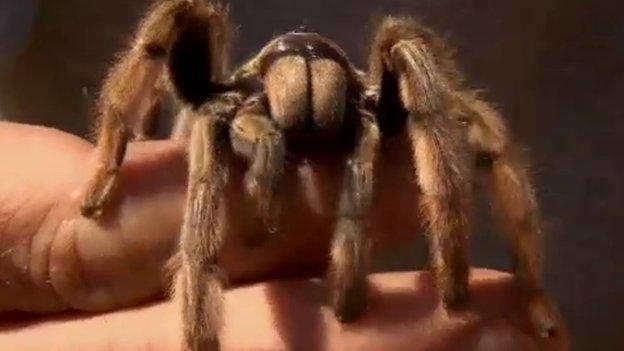
Baboon spiders were found in a child's room in Aberdare in January
More pests were dealt with in Wales per person than in any other country in the UK last year, according to the British Pest Control Association (BPCA).
Welsh local authorities treated pests nearly 50,000 times - rats alone caused 27,198 problems.
One of the more unusual problems was an infestation of tarantula-type spiders in a child's bedroom in Aberdare.
Wales had three times more call-outs for rats than Scotland and 11 times more than Northern Ireland.
80 droppings a day
The Chartered Institute for Environmental Health (CIEH) says the figures, external, obtained from a freedom of information request to all UK local authorities, are "significant".
Julie Barratt from CIEH said: "2013 was an exceptional year weather-wise and in bad weather the rats will look for somewhere to go. There are not more rats, they are just more visible.
"Rats have always caused problems for public health. The best thing people can do is make sure their homes are resistant."
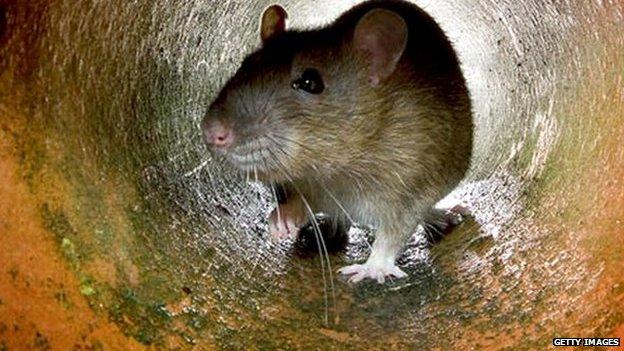
Local authorities in Wales dealt with rats 27,198 times last year, according to BPCA figures
Cockroaches and bed bugs are more likely to be found over the English border, with 63 times more cockroaches in London than in Wales.
More exotic pests reaching Wales include bird-eating tarantulas and baboon spiders.
In January Aderyn Pest Control dealt with an "infestation" of baboon spiders in a child's room in Aberdare.
Tarantulas
The call for help came when pet spiders, which are more commonly found in Africa and are part of the tarantula family, had bred and multiplied.
Tonypandy-based Aderyn Pest Control say they also receive one or two call-outs for bird-eating tarantulas a year.
David Cross from Pest control firm Rentokil said: "Tropical species enter Wales, and the wider UK, on a regular basis through a number of different ways.
"Tropical invertebrates such as tarantulas and scorpions can enter the country on cargo ships."
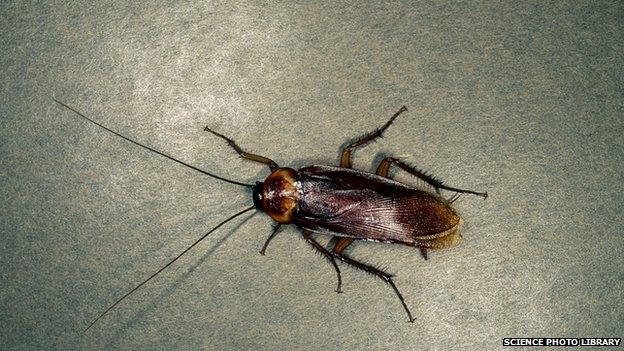
The figures show that over 8,000 cockroaches were treated in London last year, 63 times more than in Wales
But trouble-makers are not always so exotic.
Rabbits, hamsters and gerbils are some of the pests called out for last year that turned out to be neighbours' pets, according to private pest controllers.
Welsh company Pest Away say they receive up to five calls for "invisible" creepy-crawlies a year.
A spokesperson for the company said: "One man was changing his bed every week because he was convinced he had bedbugs and we just couldn't convince him that there was nothing there."

Top five Pests in Wales
1. Rats
2. Wasps
3. Mice
4. Ants
5. Fleas
Source: BPCA

Pest Facts
Rats
The Norway or common brown rat is the most common in the UK
Up to 50% of Norway rats carry Leptospirosis (Weil's disease), which is transmitted through their urine and can result in flu-like symptoms, jaundice, kidney failure and even death
Wasps
By late summer a normal wasps' nest can contain between 3,000 and 5,000 wasps
Fertilised wasp queens are the only members of the nest to survive more than a season, hibernating over winter ready to start new colonies in spring
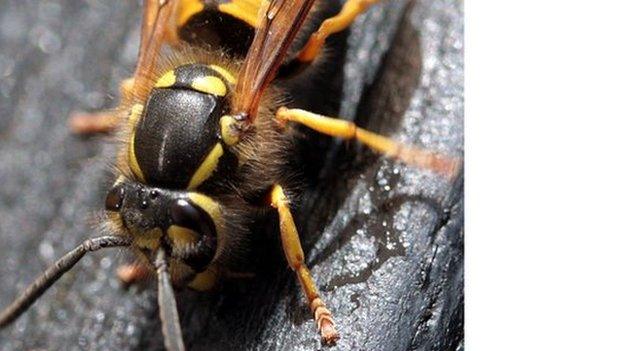
Mice
House mice are incontinent and produce around 80 droppings a day
Mice are intermittent and erratic feeders, eating small amounts of food from a large number of areas, which can lead to the contamination of many foods by a single mouse
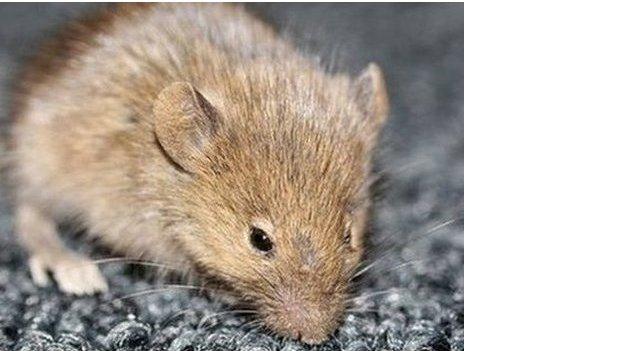
Ants
In late summer winged male and female ants will 'swarm' in large numbers to mate, after which the males usually die, and a small proportion of mated females survive to start new colonies
Ant colonies can trail for considerable distances to a food source, often complicating control measures as the nest can be difficult to locate
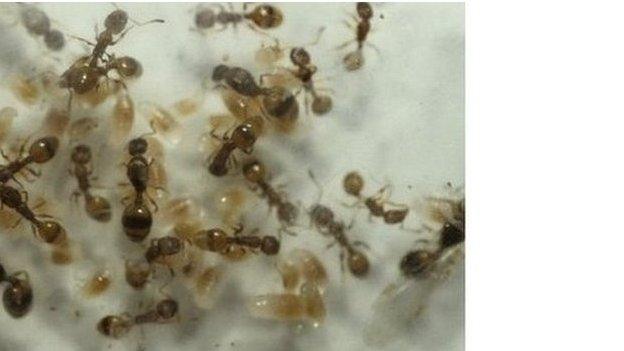
Fleas
Fleas are wingless and have long hind legs adapted for jumping. They are one of the best animal jumpers in the world (relative to body size) and can jump up to seven inches vertically
The tough body is able to withstand great pressure
Goliath bird eating spiders
Goliath bird eaters are big enough to eat birds, although they rarely do, preferring small insects and invertebrates
Like most tarantulas they are fairly harmless to humans and only attack when threatened. Their bite is no worse than the sting of a wasp
They usually live in deep burrows in the rainforests of South America
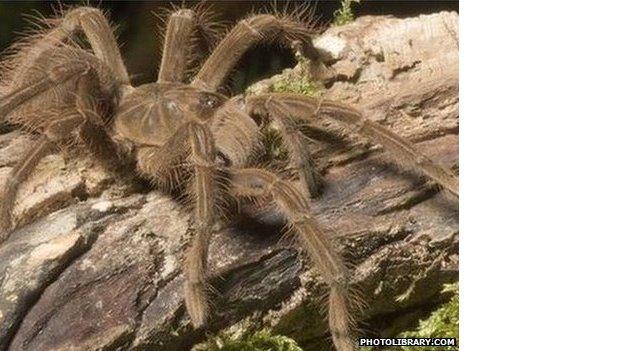

- Published7 March 2013
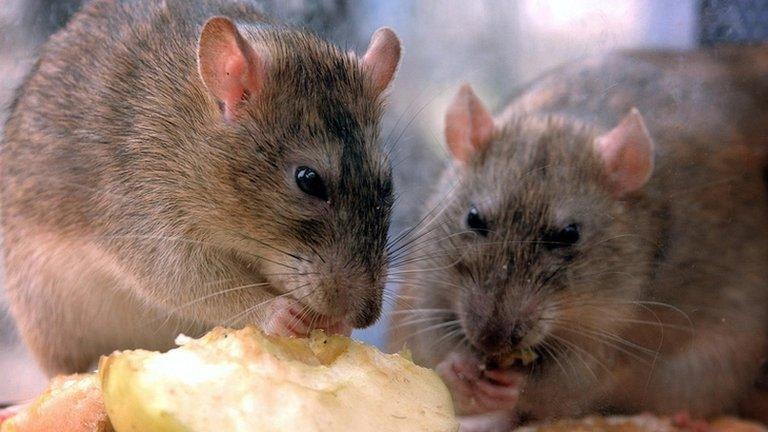
- Published12 July 2012
